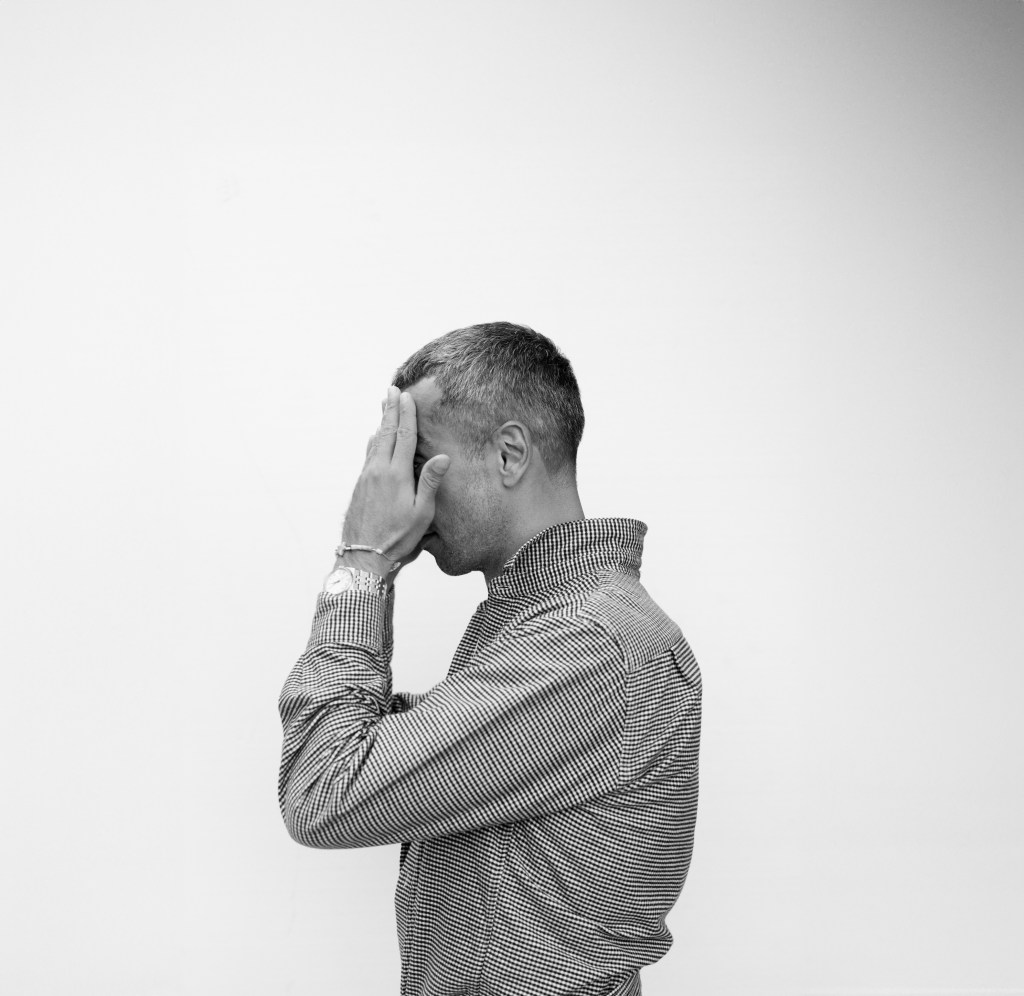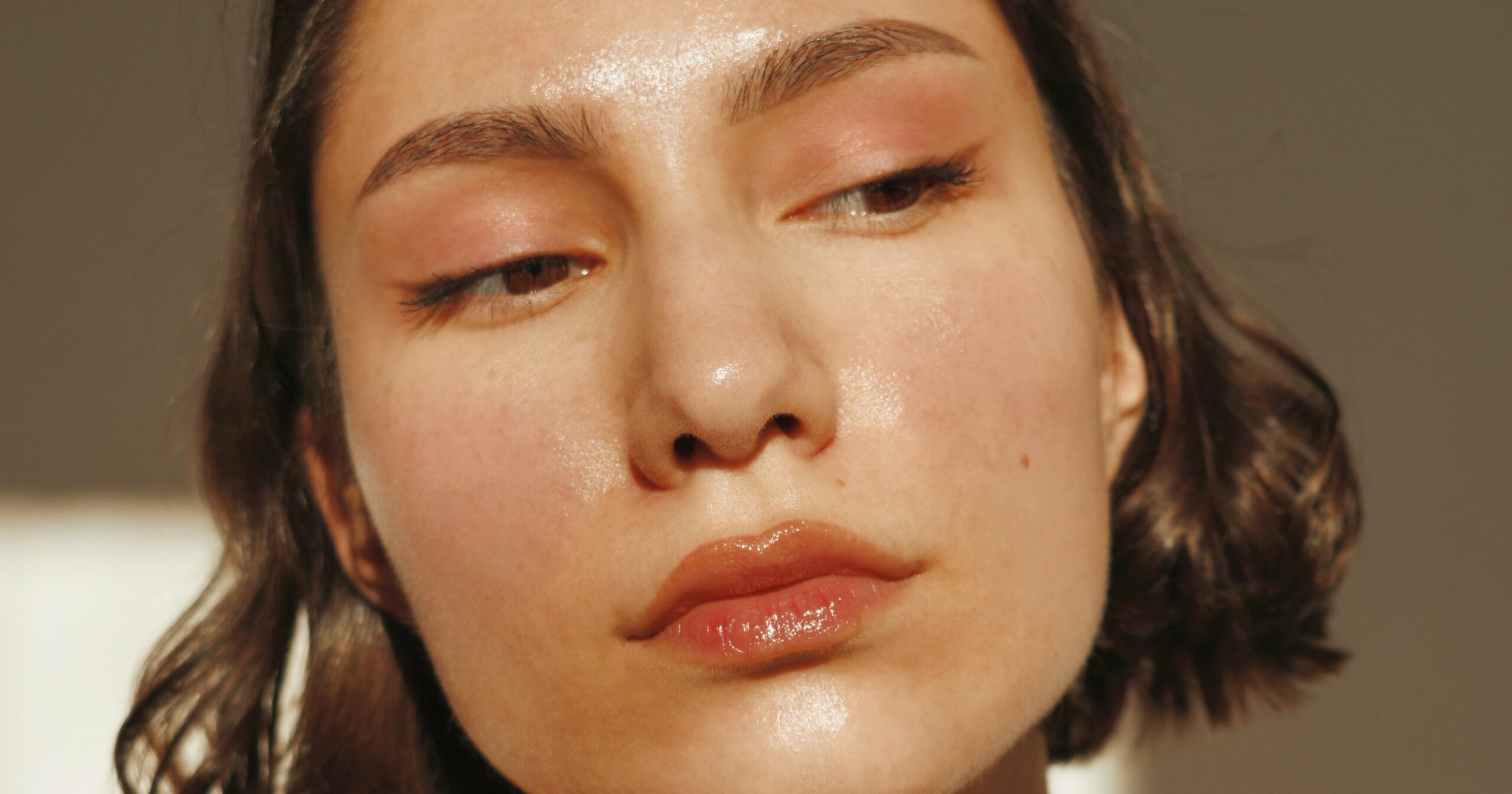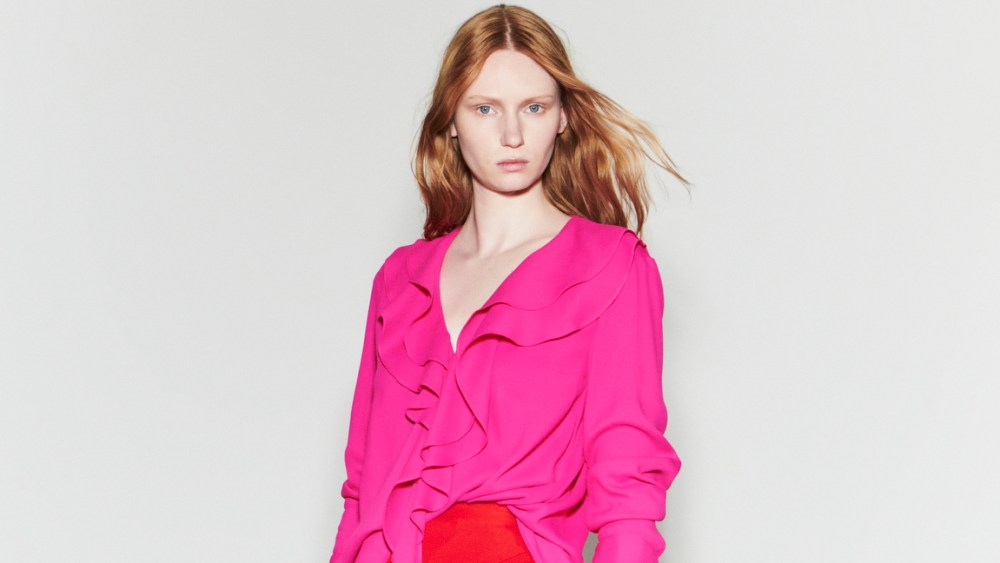Just like his day job as design director of the International Library of Fashion Research, Morteza Vaseghi has given a great deal of thought and calculation to his namesake conceptual collection.
How else to explain a short film that blends such unexpected images as an eyeball in a mouth, a lobster raising a claw for a toast and a multiarmed woman wearing what looks like a pine cone? Even the title of that five-minute clip sets the stage for the collection — “Rite of Pass-Age” is meant to pose questions of transience, trends and transformation.
But analysis, conundrums and satire are specialties of Vaseghi and the ILFR’s founding director Elise by Olsen. The duo have worked together for 10 years — first at Recens Paper, which Olsen started at the age of 14. They then concocted Wallet magazine before launching the ILFR in Oslo in 2020. “At the time when we met, she was quite young and a little bit angry at the scene. I had just come from London and I was quite hungry for that sort of conceptual and colorful work. We called it ‘an angry girl and a ‘hungry man,’” he said.

Developing select merchandise through those endeavors over the past six or seven years, Vaseghi always had the inkling to adjust things just a smidge, whether that be changing the print for a T-shirt or extending a sleeve’s length. Working as a creative consultant for some brands, he recognized the similarities between different design disciplines and was intrigued by the prospect of transferring one to another with the help of seamstresses and patternmakers. With a background in graphic design and media, Vaseghi has previously worked in art direction and considers himself to be self-taught in the fashion sector despite have a master’s degree in fashion and costume design from the Oslo National Academy of the Arts. At the start of the pandemic in 2020, Vaseghi worked with the established Italian brand Colmar as one of the guest designers for its A.G.E. collaborations.
The idea of in-betweenness and liminality, the term for the psychological process of transitioning across boundaries and borders, resonates with Vaseghi. His namesake collection is based on six characters: Outsider, Insider, Wonderer, Emperor, Gatekeeper and Muse. Teaming with director Marc Reisberg, Vaseghi created a five-minute short film that can be seen on ShowStudio. Along the way, as the casting was done and the production progressed, Vaseghi tinkered with each character’s costume.

His favorite is the Gatekeeper, who used to be a goddess-like muse and “is now more grounded with a responsibility to decide who goes in and out of these abstract characters,” he said. Her big, bell-shaped skirt with a tunnel in the middle was technically challenging. But they figured it out and the garment was completed so that a person can walk easily wearing it and “not just be there standing frozen,” Vaseghi said.
He explained, “One by one, each of these characters and the pieces are the starting point for a ready-to-wear collection. I’m planning to do between five and 12 pieces from each one. The whole scenario is going to come to some sort of landing point in the next two years but every half year I will be releasing a collection. We are thinking about select shops and online [for distribution] but that won’t happen for a few months.”

The Oslo-based creative decided to launch his own company because he loves everything that comes before and after clothes. That thought process required a more comprehensive approach, he said. Interested by how “maison [training] backgrounds” are no longer needed for creative director roles, provided people have the knowledge, skill sets and a teamwork mindset, Vaseghi said that has allowed someone like himself with a graphic design background to slowly come in “and maybe have a voice in this field, if I do my homework.”
As for what might be wrong in fashion, he said “the very fast pace” that is induced by social media can sometimes ruin the results of a creative, who can sometimes struggle to come up with a new vision every three or four months. “They repeat themselves. At worst, they copy other creatives. What’s missing is allowing a creative to sit on a project for two years. But a lot of creatives have outside projects that are slower-paced and other projects that are faster-paced.”
Vaseghi mentioned that other experimental side projects are underway for shoes and swimwear “to do this universe building with the language that I am trying to introduce in the next two to three years.” And Olsen is right in stride helping with strategizing and “communications and all of that,” he said. “As two creatives, who have been working together for the past 10 years, whatever we both do has a trace of the other in it. We always brainstorm at the dinner table, at the office and everywhere we are together.”
So much so, while Vaseghi’s brother was visiting, he spelled it out. “He said, ‘You guys are working all the time. You will be sitting and eating or at a party, and you or Elise will say something, giggle about it and then one of you will say, ‘You know, that’s doable.’ Then the other one goes on the phone to make a little plan. Within three days, you are busy with something else and then it just grows.”



